The
Green
Vine
The
Green
Vine
A GUIDE TO
WEST COAST
SUSTAINABLE,
ORGANIC,
AND BIODYNAMIC
WINE
SHANNON BORG

Copyright 2013 by Shannon Borg
All rights reserved. No part of this book may be reproduced or utilized in any form, or by any electronic, mechanical, or other means, without the prior written permission of the publisher.
Published by Skipstone, an imprint of Mountaineers Books
Printed in the United States of America
16 15 14 13 1 2 3 4 5
Design and illustrations: Emily Ford
Cover photograph: Chalkboard image courtesy iStockphoto.com
Author photograph: Steve Forman
Library of Congress Cataloging-in-Publication Data
Borg, Shannon.
A guide to West Coast sustainable, organic, and biodynamic wineries / Shannon
Borg.
pages cm
Includes index.
ISBN 978-1-59485-732-4 (ppb)
1. WineriesPacific Coast (U.S.)Guidebooks. 2. Organic winesPacific Coast (U.S.) 3. Organic viticulturePacific Coast (U.S.) 4. Sustainable agriculturePacific Coast (U.S.) I. Title.
TP557.B665 2013
641.2200979dc23
2013015125
 Printed on 100% post-consumer recycled paper
Printed on 100% post-consumer recycled paper
ISBN (paperback): 978-1-59485-732-4
ISBN (ebook): 978-1-59485-733-1
Skipstone books may be purchased for corporate, educational, or other promotional sales. For special discounts and information, contact our sales department at 800-553-4453 or .
Skipstone
1001 SW Klickitat Way
Suite 201
Seattle, Washington 98134
206.223.6303
www.skipstonebooks.org
www.mountaineersbooks.org

Contents
Pacific Northwest Wine Growing Areas

Northern California Wine Growing Areas

California North Coast Wine Growing Areas (detail)

California Central Coast Wine Growing Areas (detail)

Foreword
A very curious relationship has lately evolved between the mapping of the world of wine and the mapping of the world itself. The latter, with the help of satellite imaging and hyper-connectivity, has grown remarkably detailed and well understood, whereas the former has grown seemingly more obscure and mysteriousnew appellations in traditional grape growing regions, new grape growing regions, new/old grape varieties, and radically new/old wine styles. Orange wines! Amphorae? Concrete eggs? (What is one to make of all of this?) The world of wine has grown as dense as sous-bois, as beclouded as unfiltered sake. This way be dunkenfelders.
For a novice or even relatively experienced wine drinker, how is one to begin to process all of this new information, to create a mental map of the criteria one imagines will bring forth wines that will delight? How do you know what style, aesthetic, or value system of a given wine producer is most resonant with your own sensibility? There is something like a dichotomy (its actually a false one) that has emerged in the world of wine and it can be parsed several different ways: artisanal versus industrial, laissez-faire versus interventionist, natural versus commercial. An entirely natural wine, such as an offering from someone like Frank Cornelissen who farms grapes on Mount Etna, is like an exciting, wild ride down a steep road without brakescertainly not for everyone. For most people, the wines style, aesthetic, or value system on which it is predicated, is most cordial somewhere between these two polarities. But how is one to even begin to gain a foothold in the mastery of this vast amount of information, opinion, representation/signification of cultural identity that is subsumed in the world of wine?
If you follow the path of becoming a wine geek, you will, almost by definition, at some point be looking for more meaning in your wine. (Not necessarily for wines with higher point scores!) You will likely find a thread that engages you (even if you cant articulate it), and may want to go deep or at least, deeper. Tasting or drinking wine is the precursor to conversationboth with ones fellow imbibers and with the wine itself. The text of this book, along with visits to the vineyards, either in ones imagination or far better, in real time, may well serve as the pretext for many conversations.
Randall Grahm
I am myself taken with the distinction the French make between vins deffort and vins de terroirinterventionist wines that bear the strong stylistic imprint of the winemaker as compared to wines of place, those that seek to capture the ineffable qualities of the site from which the wine derives.
Life-force or minerality (itself, a most elusive term) to my mind, correlates with a wines ability to tolerate oxidative challenge and speaks to its ability to age gracefully. Wines with these qualities are certainly far more likely to be found from grapes that are grown organically or biodynamically. While no one has yet posited an entirely evident model for the phenomenon of minerality, there is no question that this phenomenon is linked to grapes grown in soils that are microbiologically robust.
Acknowledgments
For the past dozen years or so, I have had the great good fortune to be able to learn about wine from the most generous winemakers, viticulturists, business owners, wine lovers, editors, and writers in the Washington State wine world. The word industry applies to that world in both the sense of a vital, growing branch of our economy and the sense of focused work by dedicated people toward the common goal of making great wine. Writing this book also gave me the chance to visit dedicated winemakers, winegrowers, and wine lovers from Oregon, California, Idaho, and British Columbia. Thanks to all of you for your insight and inspiration.
My great appreciation goes to my editors: Kate Rogers, who first supported this idea, and Janet Kimball, who patiently shepherdessed me through the process. Barry Foy is not only a gifted musician but a gifted copyeditor as well. My editor at Seattle magazine, Rachel Hart, has been encouraging and patient beyond belief. Thanks to Kristen Russell and Lisa Wogan as well for their insightful editing.
My gratitude goes out to the many mentors and friends who have continually taught me in so many ways, through their joy for living, their delicious wines, and their insightful advice: Dick Boushey, Rick Small, Virginie Bourgue, Brian Carter, Paul Gregutt, Chris Sparkman, Paul Vandenberg, Shayn Bjornholm, Brennan Leighton, Angie Jabine, Don Townshend, Cole Danehower, Braiden Rex-Johnson, Jen Doak, Jonathan Sindelman, Gabriel Lukeris, Sarah Budge, Guy Harris, Adonis McNiel, Tricia and David Gelles, and all the great people at the Washington Wine Commission.


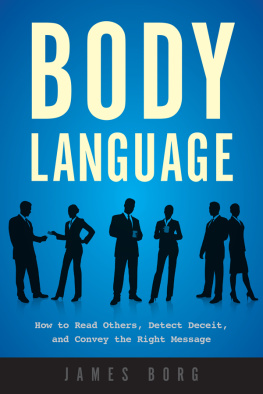
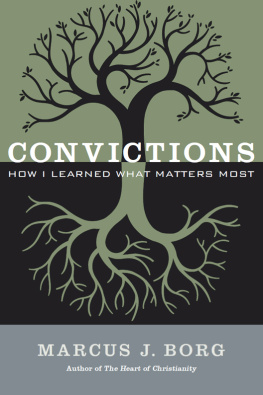
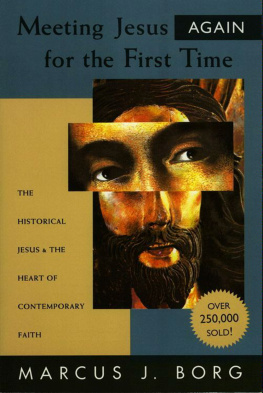

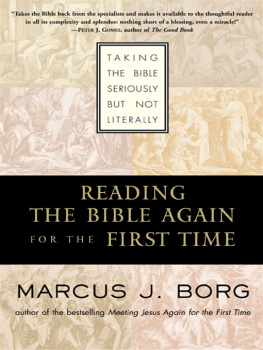


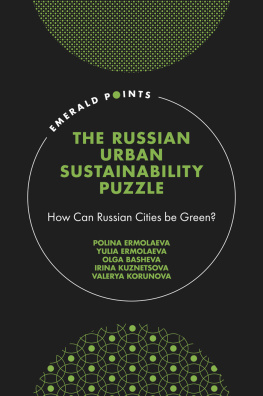
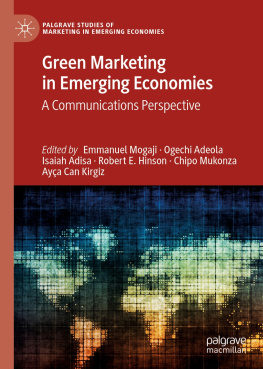

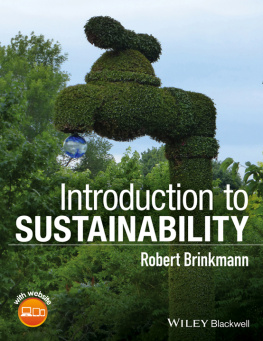

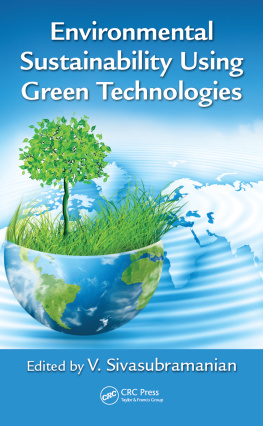


 Printed on 100% post-consumer recycled paper
Printed on 100% post-consumer recycled paper



